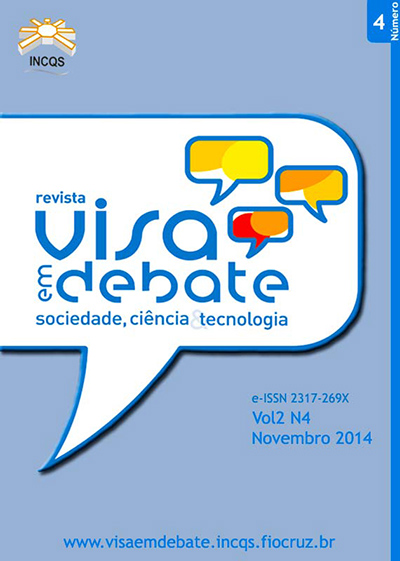A scale to evaluate customer attitudes towards food risks in restaurants
DOI:
https://doi.org/10.3395/vd.v2n4.337Keywords:
Food Safety, Foodservice, Risk Perception, Consumer ResearchAbstract
Qualitative methods for exploratory social research allow a deep understanding of individuals’ knowledge, perceptions, values, and preferences. In this study, we aimed to develop a scale to measure customer attitudes toward food risks. In-depth interviews were conducted with customers from two different restaurants located in Sao Paulo, Brazil, to raise social representation constructs by means of the collective subject discourse technique to compose the scale items. A 5-point Likert scale was used to assess the degree of the respondent’s agreement/disagreement with each item (n = 24). The instrument developed was tested (n = 61) to evaluate validity and reliability; it yielded satisfactory internal consistency (α = 0.78, 17 items). The study offers a theoretical and methodological insight into scale development, and identifies customers’ social representations in buffet-style restaurants related to hygiene, risk management, food-hazards, responsibility, and trust in food systems. The proposed methodology is suitable to apply to further marketing research and effective risk management and communication regarding foodservices issues.
Downloads
Downloads
Published
Issue
Section
License
Copyright (c) 2014 Health Surveillance under Debate: Society, Science & Technology (Vigilância Sanitária em Debate: Sociedade, Ciência & Tecnología) – “Visa em Debate”

This work is licensed under a Creative Commons Attribution-NonCommercial-NoDerivatives 4.0 International License.
COPYRIGHT ALLOWANCE The author (s) hereinafter designated as the ASSIGNOR hereby assign and transfer, free of charge, the ownership of the copyrights related to this ARTICLE to the Vigilância Sanitária em Debate: Sociedade, Ciência & Tecnologia (Health Surveillance under Debate: Society, Science & Technology) – Visa em Debate, represented by FUNDAÇÃO OSWALDO CRUZ, established at Av. Brasil, nº 4365, Manguinhos, Rio de Janeiro, RJ, Brazil, CEP 21045-900, under the conditions set out below: (a) The terms and conditions set forth in this Agreement shall apply to the following: 1. The ASSIGNOR declares that they s(he) is (are) the author (s) and owner (s) of the copyrighted property of the ARTICLE submitted. 2. The ASSIGNOR declares that the ARTICLE does not infringe the copyrights and / or other property rights of third parties, that the disclosure of images (if any) has been authorized and that they s(he) assume(s) full moral and / or property liability for its content, before third parties. 3. THE ASSIGNOR assigns and transfers all copyrights relating to the ARTICLE to the ASSIGNEE, especially the rights of editing, publication, translation into another language and reproduction by any process or technique. The ASSIGNEE becomes the exclusive owner of the rights related to the ARTICLE, and any reproduction, totally or partially, is prohibited in any other means of publicity, printed or electronic, without prior written authorization from the ASSIGNEE. 4. The assignment is free and, therefore, there will be no remuneration for the use of the ARTICLE by the ASSIGNEE.







